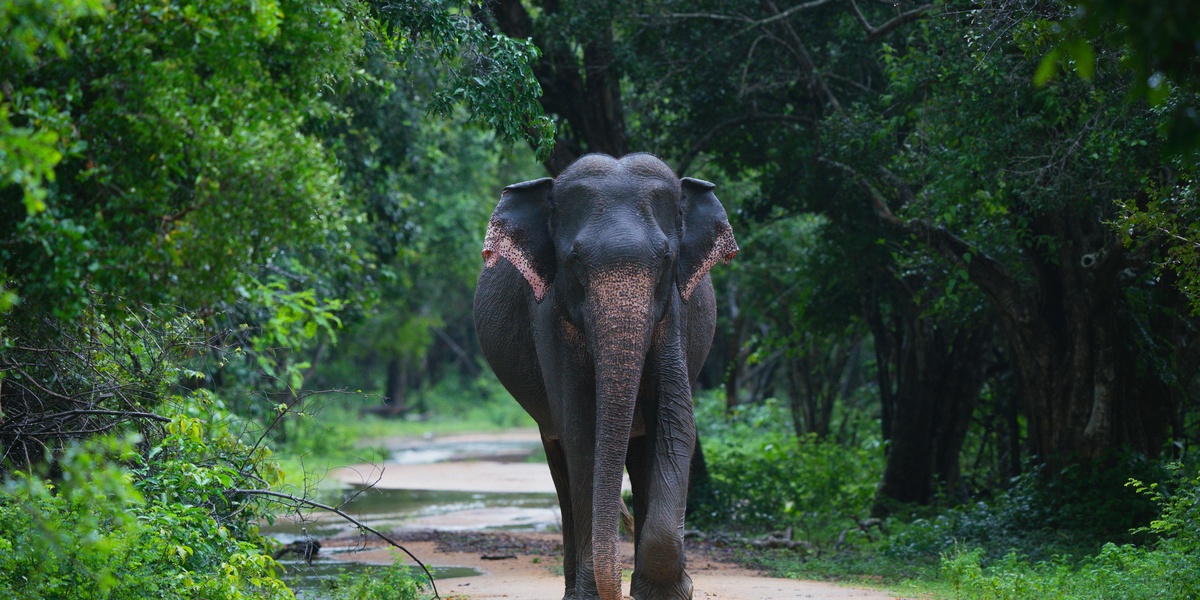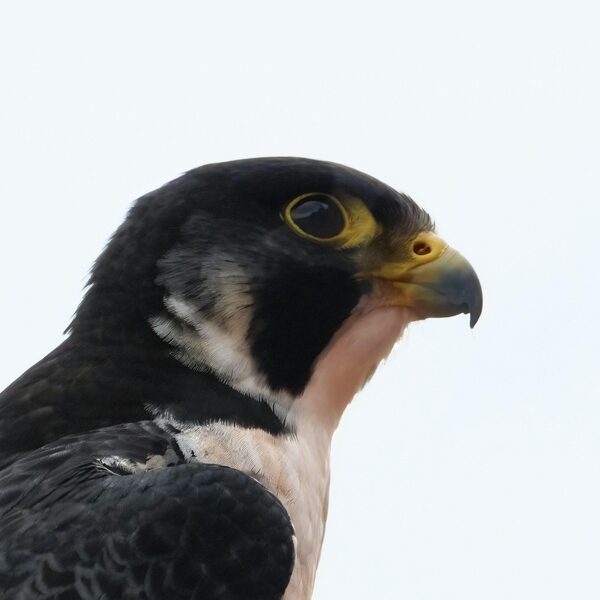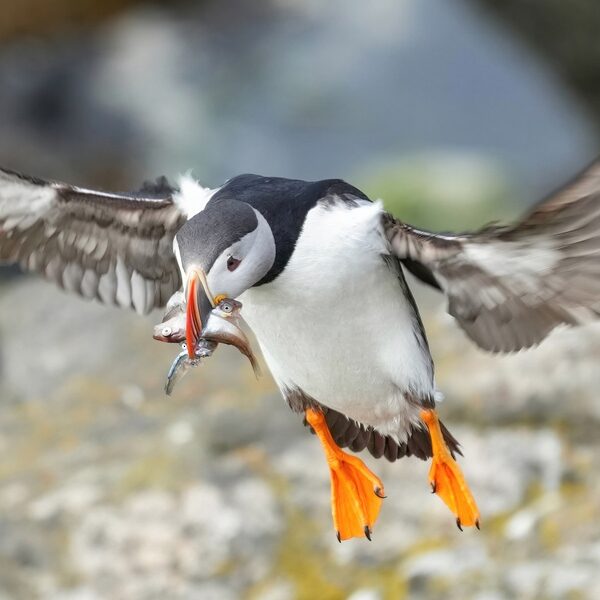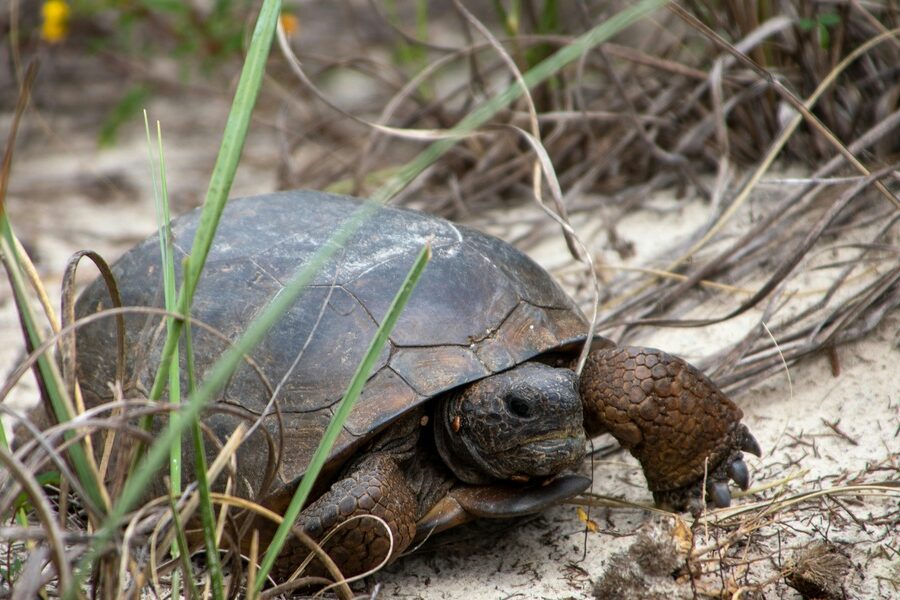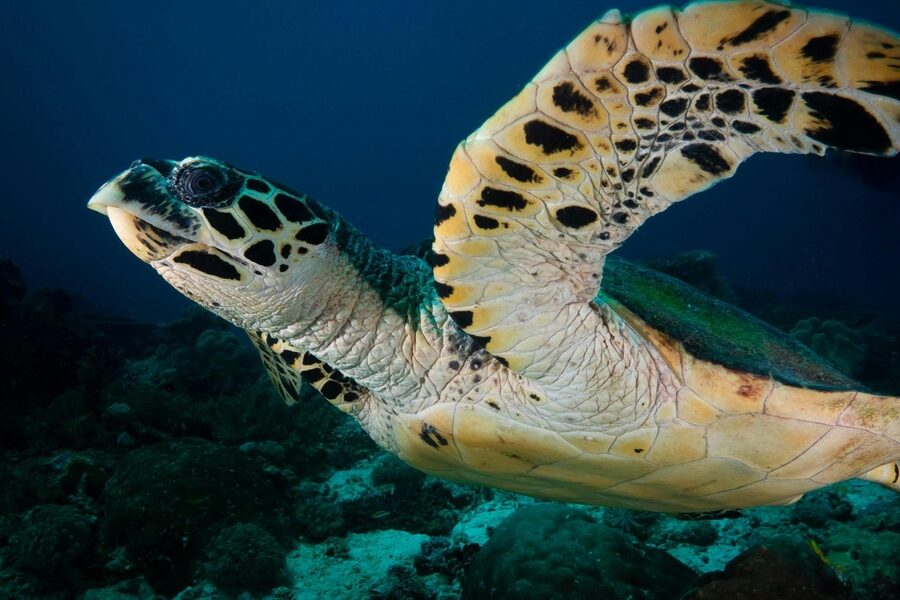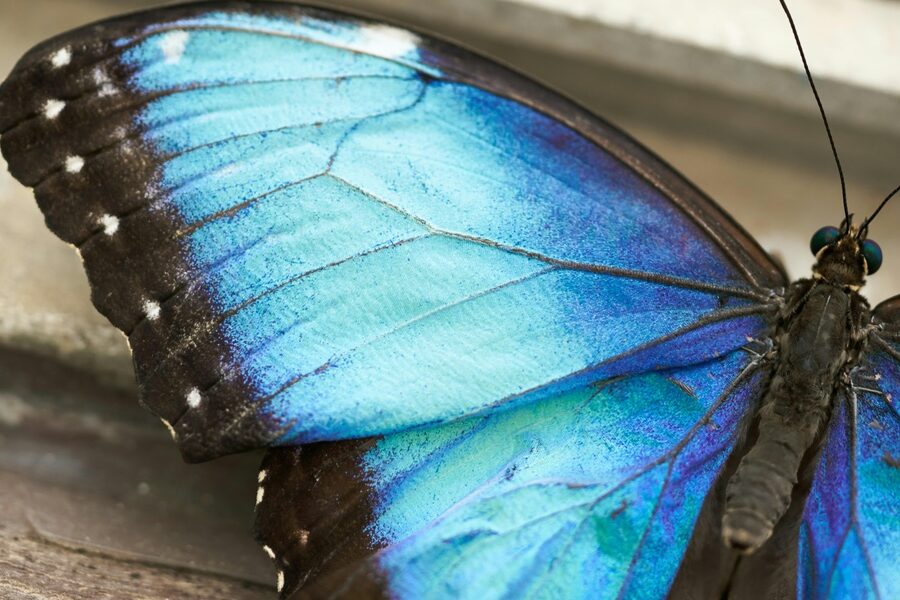Thailand’s forests, rivers and coastlines are home to an extraordinary range of wildlife, yet many animals are under pressure from development, poaching and habitat loss. Conservationists, researchers and local communities are working to track declines and protect remaining habitats across the country.
There are 34 Endangered Species in Thailand, ranging from Asian black bear to White-winged duck. For each species, entries are organized by Scientific name,IUCN status,Range in Thailand so you can see distribution and threat level — you’ll find below.
How is a species’ IUCN status assessed for Thailand?
IUCN status comes from evidence on population size, trends, and geographic range combined with known threats; assessments use field surveys, museum records and published research. National and regional data in Thailand are often incorporated into global assessments, and local experts or conservation groups may provide updates when new surveys reveal changes.
What practical actions can visitors take to help protect these species?
Support reputable ecotourism operators and follow park rules, avoid buying wildlife products or souvenirs made from protected species, report illegal activity to authorities, and consider donating time or funds to local conservation groups that monitor populations and protect habitats.
Endangered Species in Thailand
| Common name | Scientific name | IUCN status | Range in Thailand |
|---|---|---|---|
| Asian elephant | Elephas maximus | Endangered | Western, northern, northeastern forests and protected areas |
| Tiger | Panthera tigris | Endangered | Western Forest Complex, Huai Kha Khaeng, Kaeng Krachan |
| Malayan tapir | Tapirus indicus | Endangered | Peninsular Thailand (Trang, Phang Nga, Krabi) |
| Banteng | Bos javanicus | Endangered | Western forest reserves, Salakphra, Kaeng Krachan |
| Gaur | Bos gaurus | Vulnerable | Western, northern protected forests |
| Eld’s deer | Rucervus eldii | Endangered | Protected grasslands and dry forests (e.g., Salakphra) |
| Siamese crocodile | Crocodylus siamensis | Critically Endangered | Remnant freshwater wetlands and reintroduction sites |
| Helmeted hornbill | Rhinoplax vigil | Critically Endangered | Southern Peninsular forests (Andaman side) |
| Great hornbill | Buceros bicornis | Vulnerable | Northern, western evergreen forests |
| White-handed (Lar) gibbon | Hylobates lar | Endangered | Southern and western lowland forests |
| Pileated gibbon | Hylobates pileatus | Endangered | Western and central forest ranges |
| Sunda pangolin | Manis javanica | Critically Endangered | Scattered forests across Thailand (peninsular and central) |
| Chinese pangolin | Manis pentadactyla | Critically Endangered | Northern and eastern forested areas |
| Dugong | Dugong dugon | Vulnerable | Gulf of Thailand seagrass beds (Trat, Trang, Pattalung) |
| Leatherback sea turtle | Dermochelys coriacea | Critically Endangered | Andaman Sea and Gulf sightings; nesting rare |
| Hawksbill sea turtle | Eretmochelys imbricata | Critically Endangered | Andaman and Gulf reefs and nesting beaches |
| Green sea turtle | Chelonia mydas | Endangered | Coastal waters and nesting beaches (southern islands) |
| Olive ridley sea turtle | Lepidochelys olivacea | Vulnerable | Occasional nesting and offshore waters |
| Fishing cat | Prionailurus viverrinus | Vulnerable | Coastal mangroves, wetlands (Songkhla, Ranong) |
| Clouded leopard | Neofelis nebulosa | Vulnerable | Northern and western evergreen forests |
| Leopard | Panthera pardus | Vulnerable | Scattered records in western and southern forests |
| Irrawaddy dolphin | Orcaella brevirostris | Endangered | Coastal bays, estuaries, Songkhla Lake area |
| Indo-Pacific finless porpoise | Neophocaena phocaenoides | Vulnerable | Gulf of Thailand and estuaries |
| White-rumped vulture | Gyps bengalensis | Critically Endangered | Historical and scattered sightings, western Thailand |
| Red-headed vulture | Sarcogyps calvus | Critically Endangered | Rare sightings historically across Thailand |
| Oriental small-clawed otter | Aonyx cinereus | Vulnerable | Rivers, mangroves and wetlands nationwide |
| Asian black bear | Ursus thibetanus | Vulnerable | Northern montane and evergreen forests |
| Sun bear | Helarctos malayanus | Vulnerable | Southern and peninsular lowland forests |
| Green peafowl | Pavo muticus | Endangered | Western and central lowland forests and wetlands |
| Gurney’s pitta | Hydrornis gurneyi | Endangered | Southern Peninsular (Ranong, Phang Nga, Trang) |
| White-winged duck | Asarcornis scutulata | Endangered | Forest wetlands and protected areas (western Thailand) |
| Sarus crane | Antigone antigone | Vulnerable | Seasonal wetlands and agricultural plains (central Thailand) |
| Lesser adjutant | Leptoptilos javanicus | Vulnerable | Riverine wetlands, coastal areas, central plains |
| Rafflesia (Kerr’s Rafflesia) | Rafflesia kerrii | Endangered | Southern Peninsular forests (Phang Nga, Surat Thani) |
Images and Descriptions
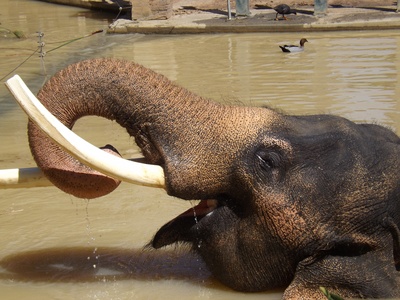
Asian elephant
Large forest mammal living in mixed deciduous and evergreen forests; threatened by habitat loss, fragmentation and poaching for ivory; culturally and ecologically important as an ecosystem engineer shaping forests and local livelihoods.
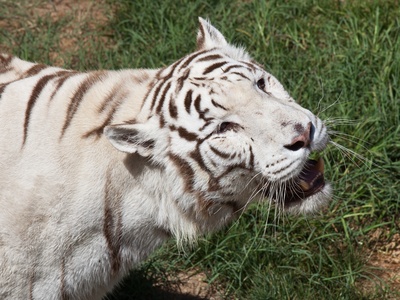
Tiger
Top predator of tropical forests and dry evergreen woodlands; populations fall from poaching and habitat fragmentation; symbol of wild Thailand and a key indicator of healthy ecosystems needing large protected areas.
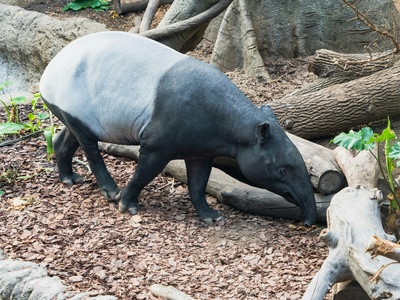
Malayan tapir
Solitary rainforest browser of lowland and hill forests; threatened by deforestation, road mortality and hunting; notable for its distinctive black-and-white pattern and role in seed dispersal.
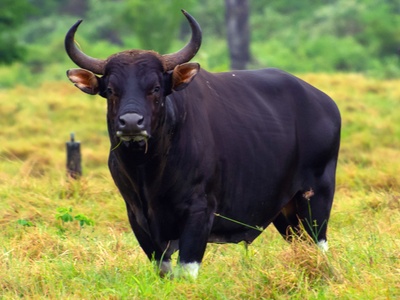
Banteng
Wild cattle of open forest and grassland; numbers have declined from hunting and habitat loss converted to agriculture; important for maintaining savanna-like habitats and biodiversity.
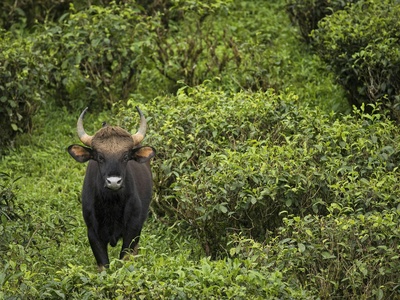
Gaur
Largest wild bovine in Thailand inhabiting evergreen and mixed deciduous forests; threatened by habitat loss and poaching; key prey species for large carnivores and a conservation flagship.
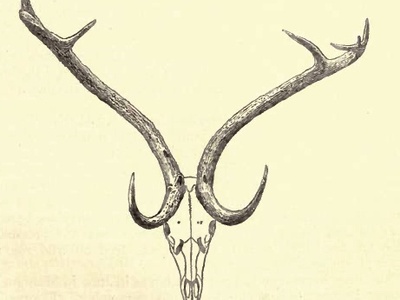
Eld’s deer
Grassland and forest-edge specialist; severe declines from hunting and habitat conversion; notable as a Southeast Asian endemic deer with fragmented, conservation-dependent populations.
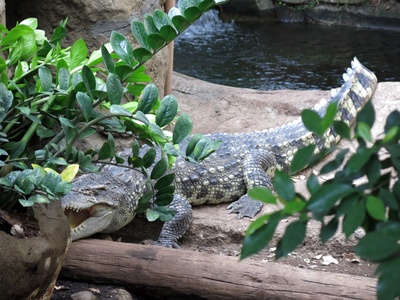
Siamese crocodile
Freshwater river and wetland crocodile nearly extirpated by hunting and habitat loss; captive-breeding and reintroduction underway; conservation priority due to tiny wild populations.
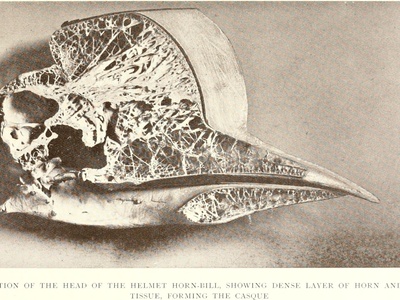
Helmeted hornbill
Large hornbill of tall rainforest hunted for its ivory-like casque and suffering habitat loss; target of illegal trade, symbolically important for forest health and seed dispersal.
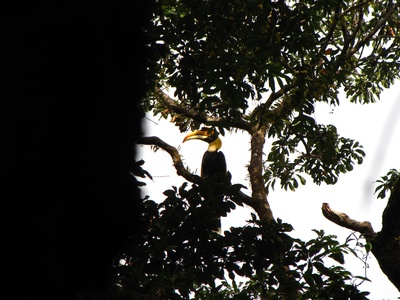
Great hornbill
Iconic large frugivore of evergreen forests; threatened by hunting and logging; crucial seed disperser that supports forest regeneration and ecotourism appeal.
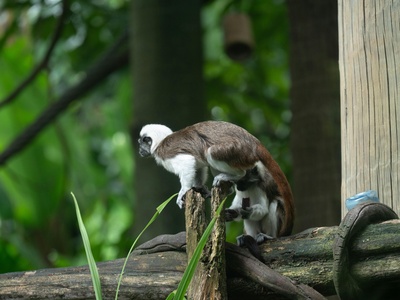
White-handed (Lar) gibbon
Arboreal ape of primary forests; vulnerable to logging, hunting and fragmentation; notable for loud duets and as an indicator of intact canopy connectivity.
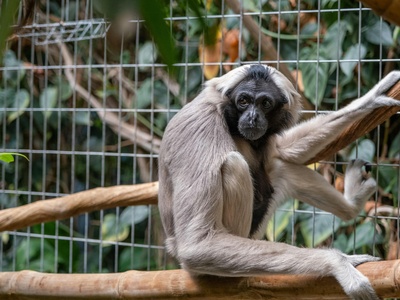
Pileated gibbon
Canopy-dwelling ape living in evergreen and semi-evergreen forest; threatened by habitat loss and hunting; important for seed dispersal and forest dynamics.
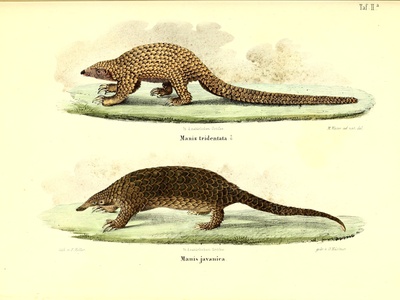
Sunda pangolin
Nocturnal insectivore persecuted by illegal international trade for scales and meat; highly trafficked mammal with severe population declines and major conservation concern.
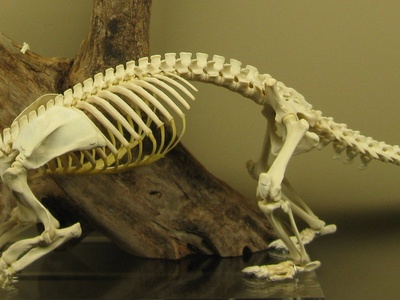
Chinese pangolin
Small, burrowing ant-eating mammal driven to collapse by poaching and habitat loss; critically endangered across its range with urgent anti-trafficking needs.
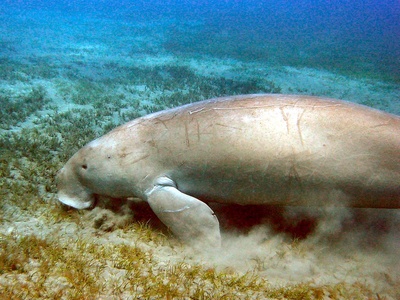
Dugong
Marine herbivore dependent on coastal seagrass; threatened by habitat degradation, fishing bycatch and boat strikes; important for seagrass ecosystem health and coastal livelihoods.
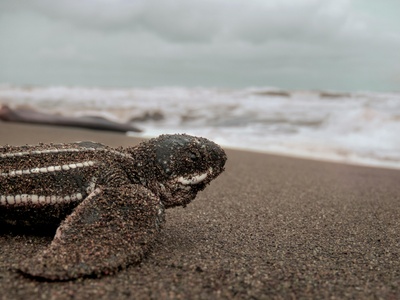
Leatherback sea turtle
Largest sea turtle, migratory through Thai waters; critically threatened by fisheries bycatch, egg and meat collection, and marine pollution; globally iconic marine conservation species.
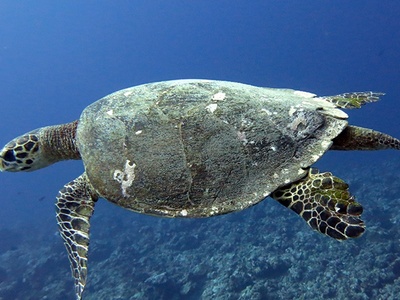
Hawksbill sea turtle
Coral-reef associated turtle hunted for tortoiseshell and suffering nesting loss and bycatch; vital for reef health by controlling sponges and attracting conservation attention.
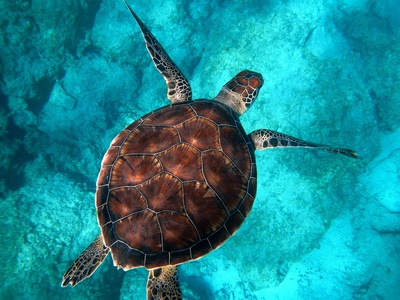
Green sea turtle
Herbivorous turtle of seagrass beds and reefs; threatened by egg harvest, bycatch and habitat loss; classic conservation species with cultural and ecological roles in coastal systems.
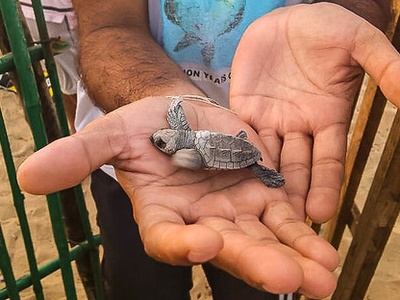
Olive ridley sea turtle
Small, gregarious sea turtle facing egg poaching and bycatch; important in nutrient cycling between ocean and beaches and a target for local conservation measures.
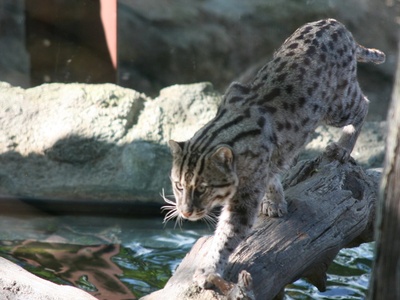
Fishing cat
Wetland-specialist small cat threatened by mangrove loss, wetland conversion and persecution; indicator of healthy wetland ecosystems and often overlooked urban-edge carnivore.
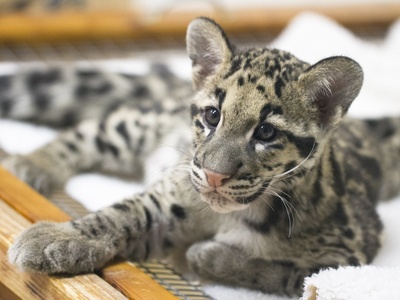
Clouded leopard
Elusive arboreal predator of mature forests; vulnerable to habitat fragmentation and poaching; its presence signals intact, large-canopy forest ecosystems.
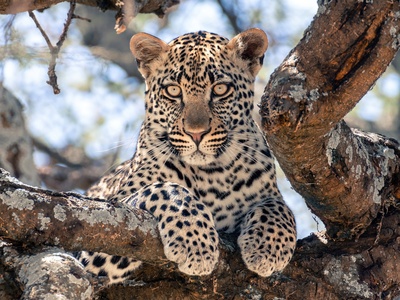
Leopard
Adaptive big cat surviving in fragmented habitats but pressured by poaching and conflict; ecologically significant as mesopredator and culturally iconic despite small numbers.
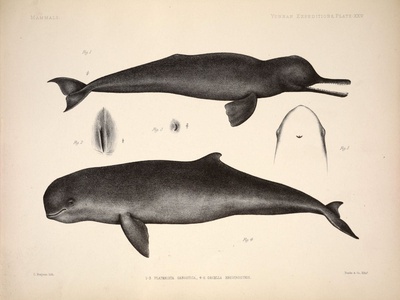
Irrawaddy dolphin
Coastal and estuarine dolphin vulnerable to fishing gear, habitat degradation and boat traffic; charismatic species attracting local conservation efforts and tourism interest.
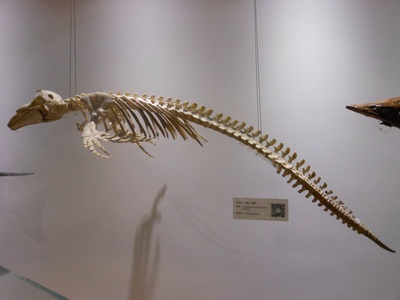
Indo-Pacific finless porpoise
Small coastal porpoise threatened by bycatch and pollution; often overlooked marine mammal indicating coastal habitat quality.
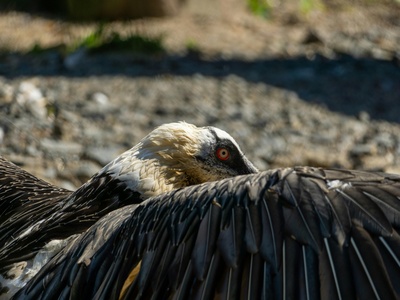
White-rumped vulture
Scavenging raptor devastated by veterinary drug poisoning and persecution; critical scavenger with ecosystem service of carcass disposal, now rare and a conservation priority.
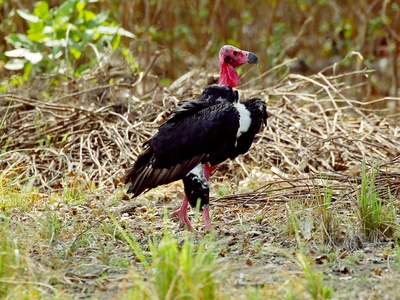
Red-headed vulture
Large scavenger of open and forested landscapes; populations collapsed from poisoning and drug residues; their decline impacts carcass removal and disease dynamics.
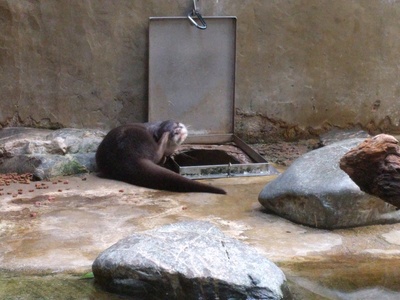
Oriental small-clawed otter
Small social otter species threatened by habitat loss, pollution and hunting for pet trade; charismatic wetland ambassador and indicator of freshwater health.
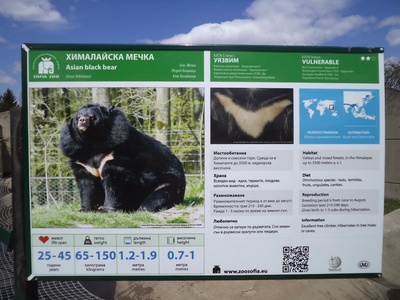
Asian black bear
Forest-dwelling omnivore threatened by poaching for bile and habitat loss; culturally significant and targeted in illegal trade, conservation needs include anti-poaching and habitat protection.
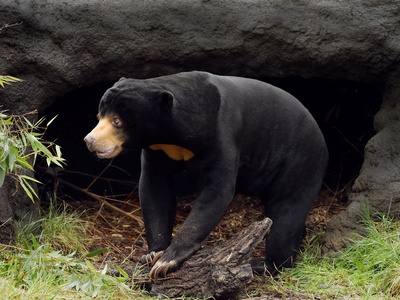
Sun bear
Smallest bear species inhabiting tropical rainforest; threatened by logging, hunting and trade; important for seed dispersal and insect control in forest ecosystems.
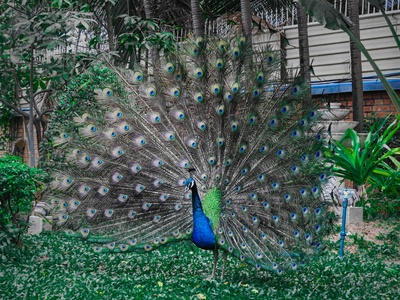
Green peafowl
Spectacular forest bird declining from hunting and habitat conversion; culturally significant and a flagship for wetland and forest conservation in Thailand.
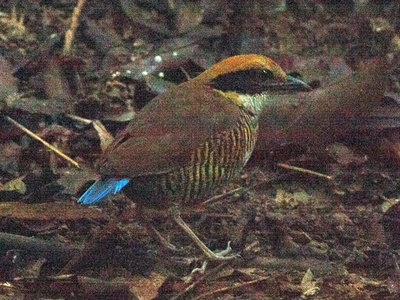
Gurney’s pitta
Vibrant understory passerine of lowland evergreen forest; suffered catastrophic habitat loss and fragmentation; rediscovery and protection made it a conservation icon for southern forests.
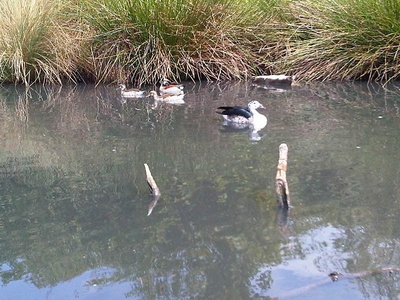
White-winged duck
Large freshwater duck dependent on undisturbed lowland forest pools and marshes; threatened by wetland drainage and hunting; globally rare and an important wetland species.
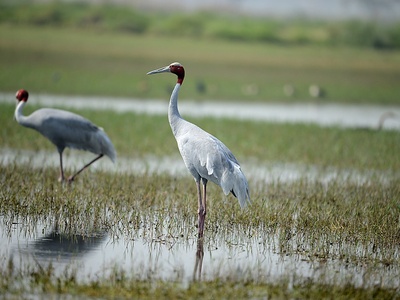
Sarus crane
Tall wetland crane that uses floodplain and marsh habitats; declines from wetland conversion and disturbance; culturally revered and ecologically important for wetland function.
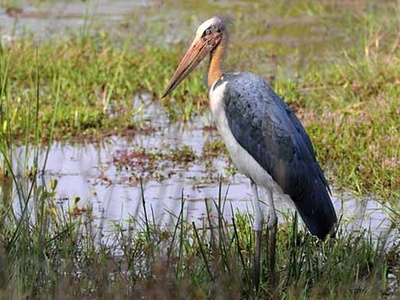
Lesser adjutant
Large stork using wetlands and agricultural mosaics; threatened by wetland loss and disturbance; conspicuous species useful for wetland conservation and community awareness.
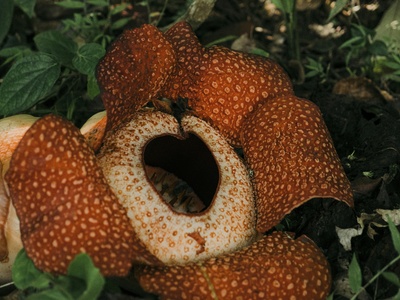
Rafflesia (Kerr’s Rafflesia)
Iconic parasitic flower of rainforest floor with huge blooms; vulnerable due to habitat loss and disturbance; draws ecotourism attention and highlights rainforest conservation needs
